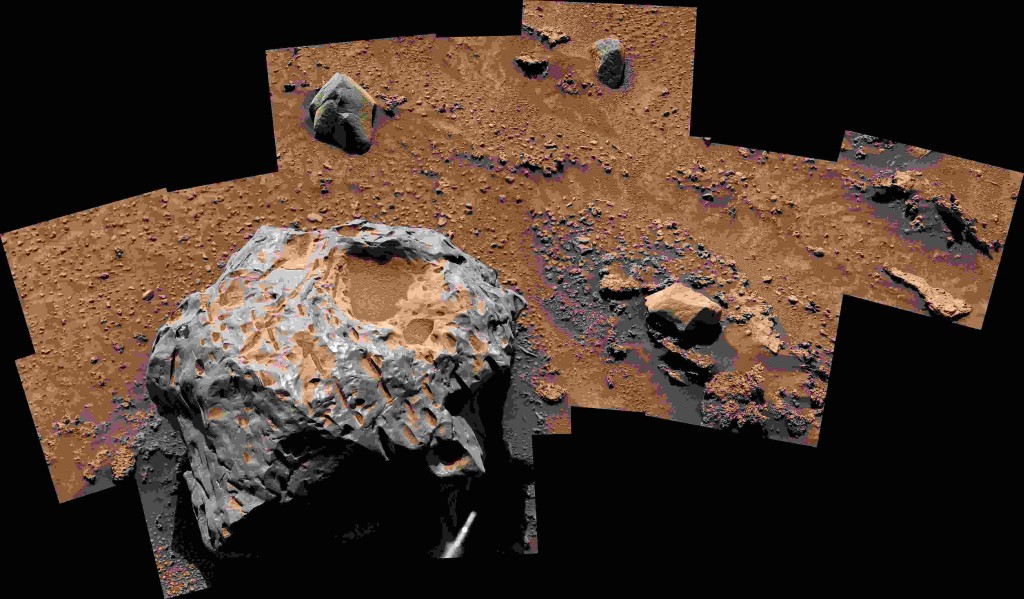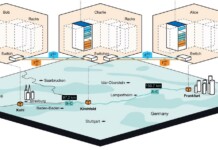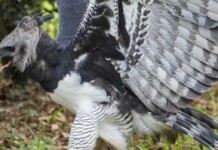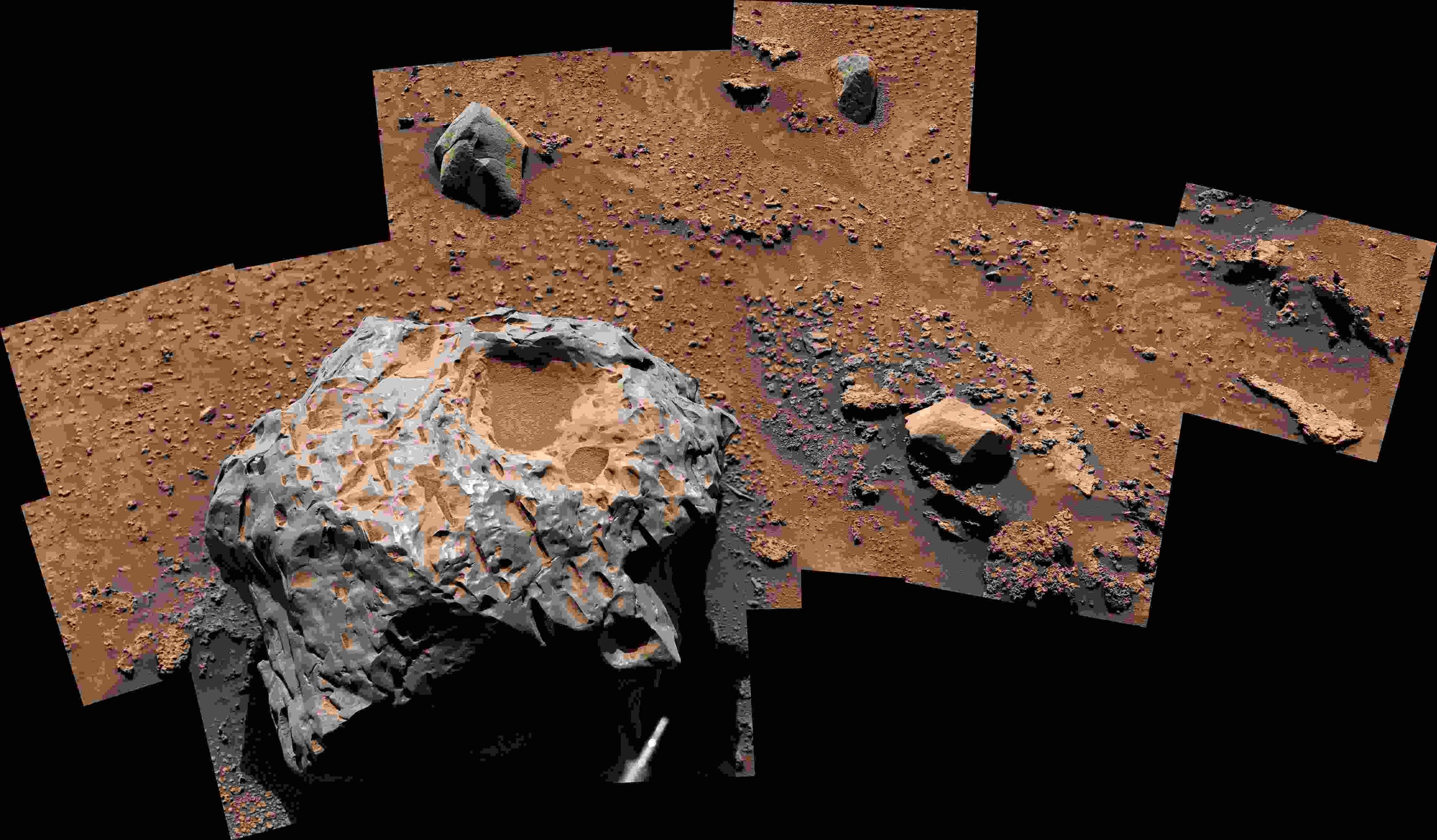
Always keen to anthropomorphize their robots, NASA put out a social media post of one of their Mars rovers coming upon an exciting discovery.
Putting words into the Curiosity rover’s mouth as it lazily dug around in the dirt, the rover said, ‘Rock. Rock. Rock. Rock. Rock. Rock. METEORITE!’
“This one’s about a foot wide and made of iron-nickel,” ‘said’ the Curiosity Rover on Twitter. “We’re calling it ‘Cacao.'”
Sent to explore a region of Mars called Gale Crater, as well as to climb Mount Sharp, Curiosity has been roving 3,725 Martian days, or just over 10 years of Earth days.
It’s not uncommon for the robot geologist to discover a meteorite, and in fact, the NASA tweet included pictures of other meteorites it’s found on the Red Plant over the years.
Here's another meteorite I found in 2016. It's called "Egg Rock" aka the golf ball
— Curiosity Rover (@MarsCuriosity) February 2, 2023
📷: https://t.co/kgrhANbed2 (11/2/16) pic.twitter.com/gZC61RFZxc
And while my team calls this 7-foot-long meteorite "Lebanon," I call it THE BEAST
— Curiosity Rover (@MarsCuriosity) February 2, 2023
📷: https://t.co/206kK2lxMc (7/15/14) pic.twitter.com/BdCLATiNAb
A commenter asked why they appear to be sitting on the surface of Mars like regular stones, to which the rover replied that the craters they would have made upon impact were likely filled in and then eroded away, leaving only the hardest materials behind.
Curiosity’s Mast Camera, or Mastcam, took a panorama of Cacao with its 100-millimeter focal length lens. The panorama is made up of 19 individual images that were stitched together after being sent to Earth.
The color has been adjusted to match lighting conditions as the human eye would perceive them on Earth.
SHARE This Fun Update From Our Courageous Robot With Your Friends…




















